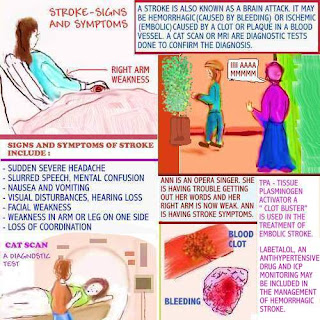MENINGITIS - A CASE STUDY
 Updated 1/25
Updated 1/25Dear nurses,
 Updated 1/25
Updated 1/25 Updated 9/25
Updated 9/25 Learn more about : Atrial fibrillation - An overview
Learn more about : Atrial fibrillation - An overview







 Here is an OVERVIEW of PACEMAKER INSERTION. Hope this has been helpful in understanding the use of PACEMAKERS. PACEMAKER INSERTION will be discussed
Here is an OVERVIEW of PACEMAKER INSERTION. Hope this has been helpful in understanding the use of PACEMAKERS. PACEMAKER INSERTION will be discussed The heart has its own natural pacemaker, known as the SA node. When it loses its ability to do its function, a permanent pacemaker may have to be inserted. To learn more, enjoy reading:
The heart has its own natural pacemaker, known as the SA node. When it loses its ability to do its function, a permanent pacemaker may have to be inserted. To learn more, enjoy reading:

Here are some diagnostic tests that are done frequently.
Follow the links below:
1. Chest X ray
2. CAT scan
3. EKG
4. MRI scan
5. Ultrasound
6. Echocardiogram
A pneumothorax may occur as a result of a rib fracture.
The punctured lung, collapses.





